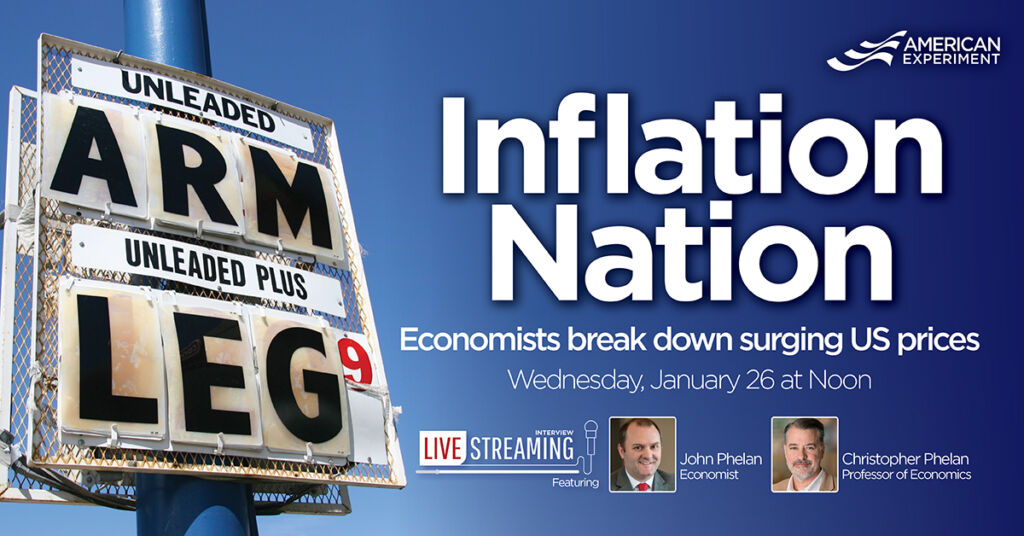Inflation up, real earnings down
Today, the Bureau of Labor Statistics (BLS) announced that inflation rose by 7.0 percent in the year to November. This is the fastest annual rate of increase since June 1982. Stripping out volatile food and energy prices to get ‘core inflation,’ prices were up 5.5 percent over the last year, “the largest 12-month change since the period ending February 1991.”
The BLS reports that:
Increases in the indexes for shelter and for used cars and trucks were the largest contributors to the seasonally adjusted all items increase. The food index also contributed, although it increased less than in recent months, rising 0.5 percent in December. The energy index declined in December, ending a long series of increases; it fell 0.4 percent as the indexes for gasoline and natural gas both decreased.
These numbers are bad. I wrote in October about how America might be in for higher inflation, and, I’m sad to say, the data is bearing that out so far.
Another BLS release today illustrates why this is a problem. Data for real earnings — that is, adjusted for inflation — showed an increase of 0.1 percent from November to December, owing to “an increase of 0.6 percent in average hourly earnings combined with an increase of 0.5 percent in the Consumer Price Index for All Urban Consumers (CPI-U).”
But over the past year, the BLS reports,
Real average hourly earnings decreased 2.4 percent, seasonally adjusted, from December 2020 to December 2021. The change in real average hourly earnings combined with no change in the average workweek resulted in a 2.3-percent decrease in real average weekly earnings over this period.
You might have more dollars in your paycheck than you did this time last year, but, on average, they will buy less. And it is real, inflation-adjusted numbers that matter for economic wellbeing, not nominal ones.
It isn’t clear that policymakers understand yet where this inflation is coming from. We have to hope they figure it out quickly or this squeeze on living standards will continue.
Join us live to learn more!
Want to learn more about surging U.S. prices and what we can do about it? Join expert economists John Phelan and Christopher Phelan as they break down the highest consumer prices in 40 years.

Christopher Phelan is currently a professor of economics at the University of Minnesota, and an advisor to the Research Department at the Federal Reserve Bank of Minneapolis. He has served in various capacities with the Federal Reserve Bank of Minneapolis since 1998, and has taught economics at Northwestern University and the University of Wisconsin–Madison.
Disclaimer: The views expressed in this online discussion by Professor Phelan are his alone and not necessarily those of the Federal Reserve Bank of Minneapolis or the Federal Reserve System
John Phelan is an Economist at Center of the American Experiment, and a graduate of Birkbeck College, University of London, where he earned a BSc in Economics, and of the London School of Economics where he earned an MSc.
Click here to sign up for this live webinar event.